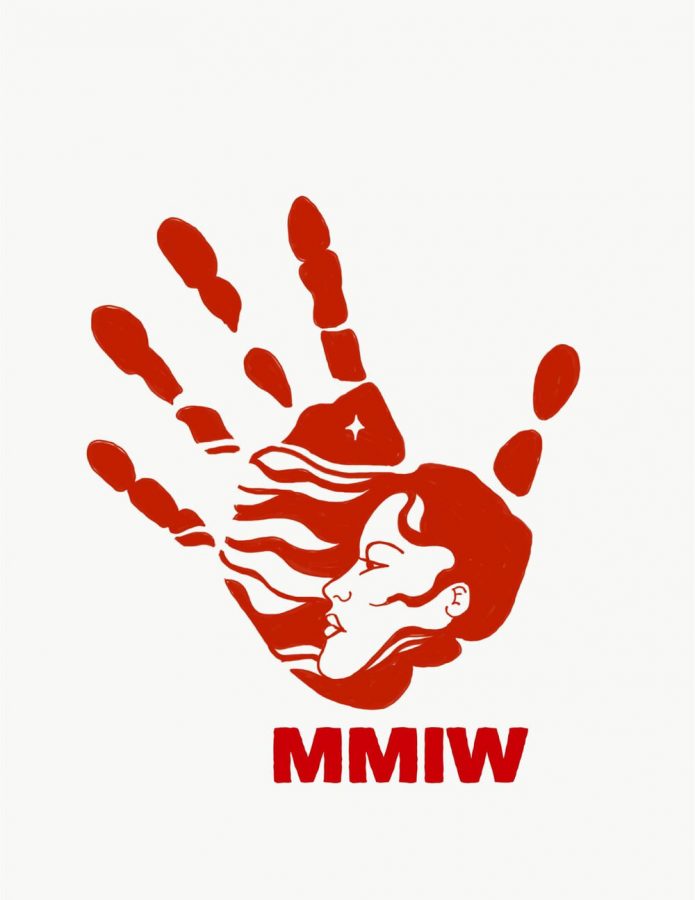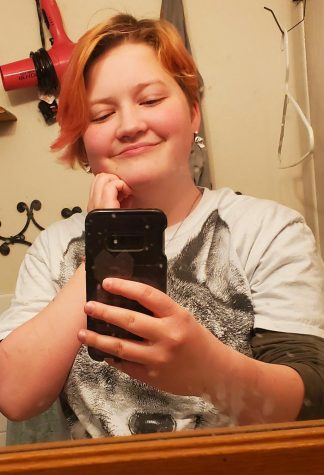Murdered and Missing Indigenous Women: A Horrifying Inequity in Death
October 13, 2020
Indigenous people are consistently one of the most targeted groups of people in America. Since the beginning of this country back in the 1700s, they have been viewed as lesser and as an easy target for all forms of abuse. As we approach Indigenous People’s Day on Oct. 12, a day also seen as Columbus Day, it is imperative that we speak about the current crisis of murdered and missing indigenous women (MMIW).
Violence and criminal activity against indigenous women is a huge issue for these communities. Violence against women is not really something that is specific to any one group of individuals. It is practically commonplace for women to not feel safe walking alone or to be concerned about what people may do to them. However, violence against indigenous women is specifically concerning and extreme.
According to the Coalition to Stop Violence Against Native Women, it is ten times more likely for native women to be murdered than the average, with murder being the third most common death cause for 10-24 year old native women. Besides death numbers, alarming amounts of native women go missing, without being found.
This inequity in deaths and missing persons has caused the start of a movement on social media. The most common phrase used for this is “no more stolen sisters” and it is seen on basically every single sight that you may visit. The main call of this movement is to find some solution to this problem, with sites like Native Women’s Wilderness making a point to mention the lack of communication between law enforcement in states and tribe law enforcement. This same sight mentions the fact that most of these women are killed by non-native people.
There has been some reaction from the U.S. government in the form of two pieces of legislation. One is Savanna’s Act, which is currently on its way to President Trump. This act states that the Department of Justice must do a number of things, including finding ways to strategize with indigenous tribes and teach the public about how the missing persons database works. The other act is the Not Invisible Act, which has been introduced in Congress. This act states that the coordination within the government on reducing these crimes needs to be increased.
Hopefully these acts get made into law and these horrific numbers stop increasing. It is devastating, and I can’t imagine the pain that these women have gone through. If you want to learn more about any specifics or sign any petitions here is a link to a Carrd where you can do so.


